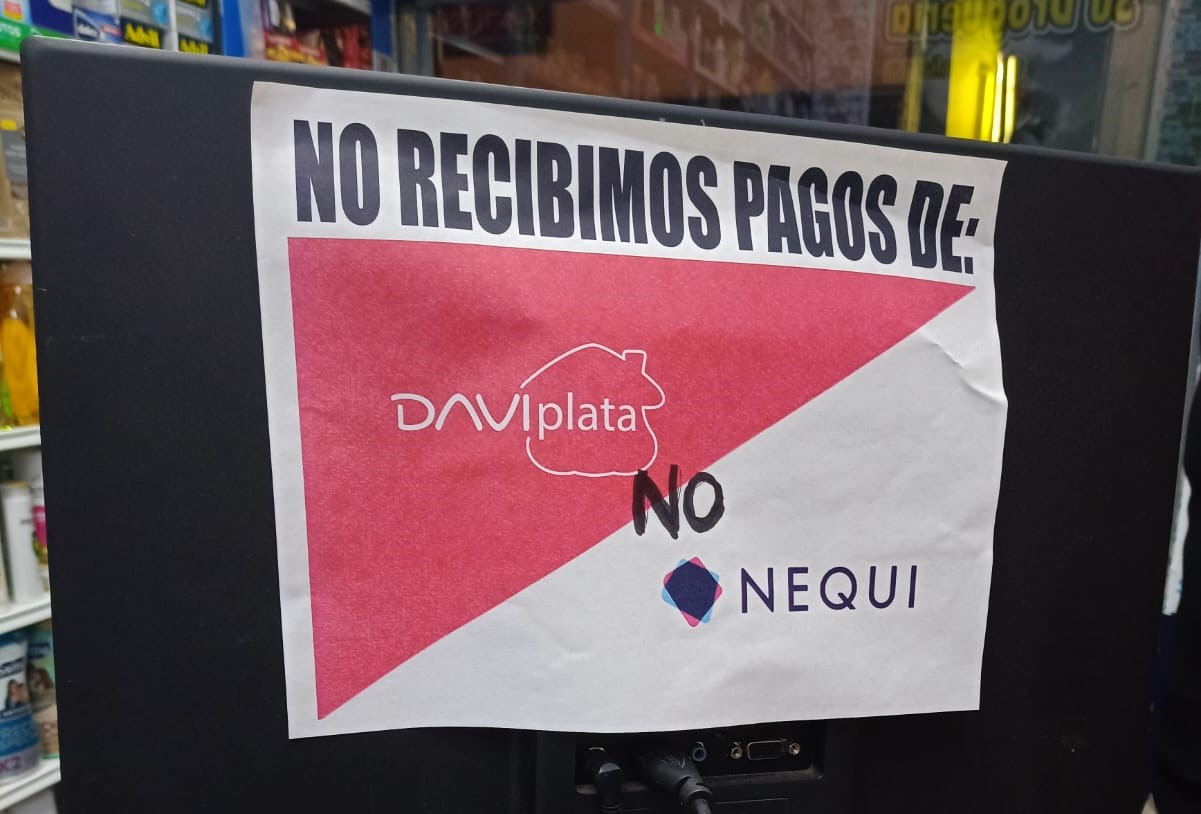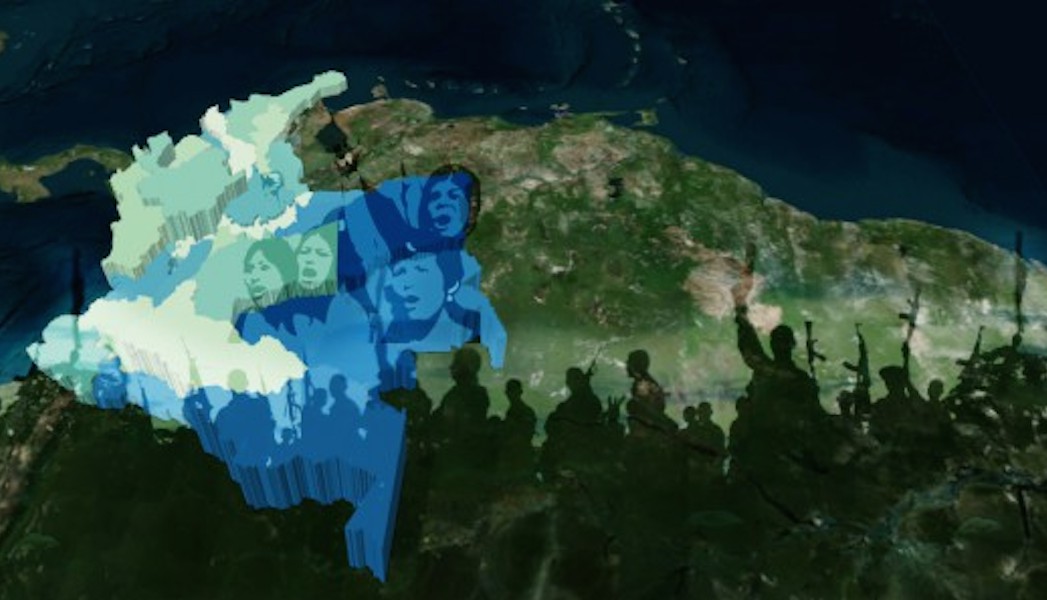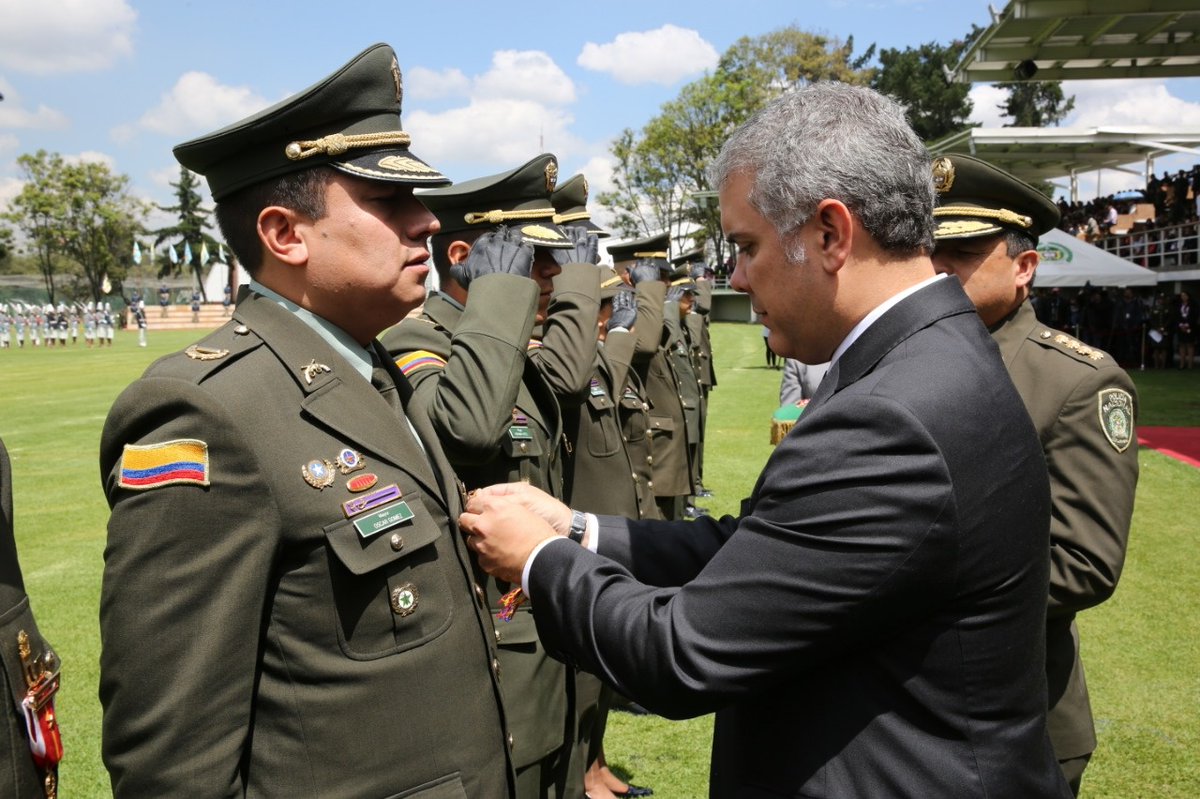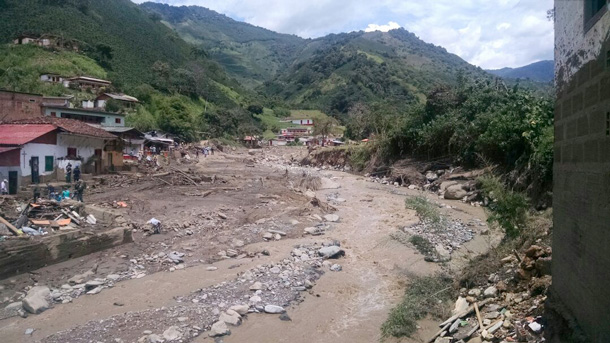Day 58 of quarantine saw special measures introduced for five areas in Bogotá, and protests from sex workers.
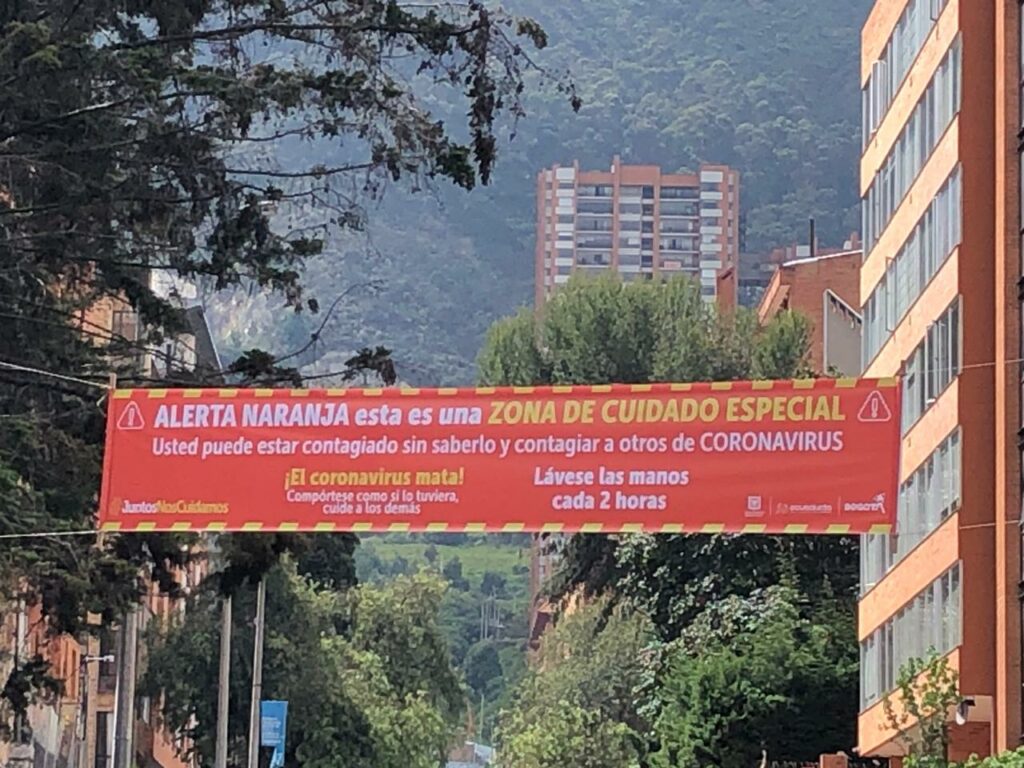
Bogotá Mayor Claudia López today implemented extra new controls in certain zones of the city. These zones – considered the parts of Bogotá that are most at risk – were selected after consultation with the Instituto Distrital de Salud. This stems from various factors, contact with the virus chief among them but also including density of population and levels of adherence to the rules.
But what does this new alerta naranja mean in practice? Well, it’s a lot clearer than Duque’s orange economy. Essentially, it’s a return to the original quarantine measures from the initial simulacro. However, so far the rules on paper are a little different to life on the streets. At least for now.
Read our latest coverage on the coronavirus in Colombia
One person only from each household is allowed out. There’s limited pet walking, no exercise, and essential travel only. Those who live in the zones but who have permission to work on site will be exempted from having to work for the next two weeks and their employers must accept that. It remains to see how this will pan out in practice. Hawkers and street sellers are still circulating, even though they’re officially not allowed to.
The first zone in Kennedy – which has about 20% of the capital’s total infections – was established on Monday, but the system was then expanded to include various other parts of Kennedy and the first zone in the north: UPZ Pardo Rubio. Confusingly, this UPZ is a few blocks north of Barrio Pardo Rubio – running between Calle 60 and 67 and Carrera 3A and 10. UPZ Britalia – Suba in the barrios of Cantagallo and Mazurén is also amongst the 12 at-risk zones.
The dates for the new measures vary, but most will be in place for about two weeks. For example in Pardo Rubio it initially runs from May 14 to May 25.
The official website says that no one is allowed in or out of the high alert zones, but readers living within them report that there are no checks on the streets to stop them wandering out if they want, so it looks for the moment as if it will be self-policed. However, military police have been seen in the UPZ Patio Bonito, which indicates the possibility of much stronger controls than in Chapinero. In the Pardo Rubio zone, people report no change in policing numbers, and Kennedy Central remains regular.
Cars spraying disinfectant have passed through Patio Bonito, as has been seen in various other countries in recent weeks. On top of this, cars moving around in the zone have been stopped and those that were found to be illegally in transit have been impounded.
People living in the special alert zone in Chapinero were impressed with the speed at which the zone was transformed, with plenty of signage going up within a couple of hours. This means you have no excuse for not knowing when you’re straying in or out of these zones. There are stickers on the pavements, banners across the roads and posters on buildings throughout the area. The main difference here seems to be the absence of rappitenderos not making deliveries.
At the time of publishing, we hadn’t heard of any random testing taking place in any of the zones, but the local authorities say that this will be taking place over the next two weeks. There are support tents in all zones, which you can visit in order to check information, give details and ask for tests.
Thursday also saw a demonstration from sex workers in the south of Chapinero, on Carrera 13 with Calle 45. The workers had travelled from Siete de Agosto and were protesting what they said was a lack of support from the state. One woman, Leidy, said to us that she believed resources from the UN that were destined for sex workers had not arrived.
Sex workers in Bogotá are often among the most vulnerable people in society, especially those working within the Siete de Agosto zona de tolerancia. Many of the sex workers protesting today are excluded from formal state assistance as they are unregistered, foreign or without bank accounts.
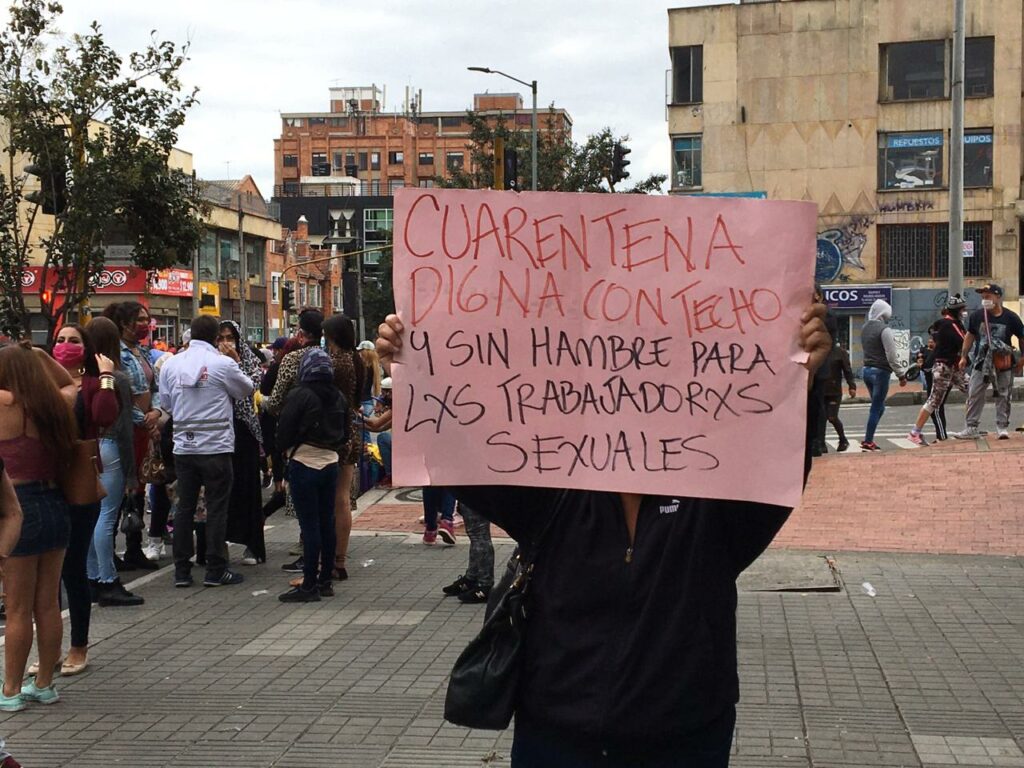
Of course, bills still need to be paid and food needs to be bought, meaning that around 80% of the women are still working, according to Leidy. Given that they work with their bodies in the most intimate way imaginable, this means that infection is at very high risk levels. “we don’t want to do this, but there are no options for many of us,” says Leidy, who was conforming with all safety measures on the protest.
In sharp contrast to the low numbers of police a couple of kilometres north in the UPZ, there were roughly 100 police, some with riot gear (although no sign of Esmad), for a protest of a few dozen sex workers. It seems that state control continues to be very different between strata.

